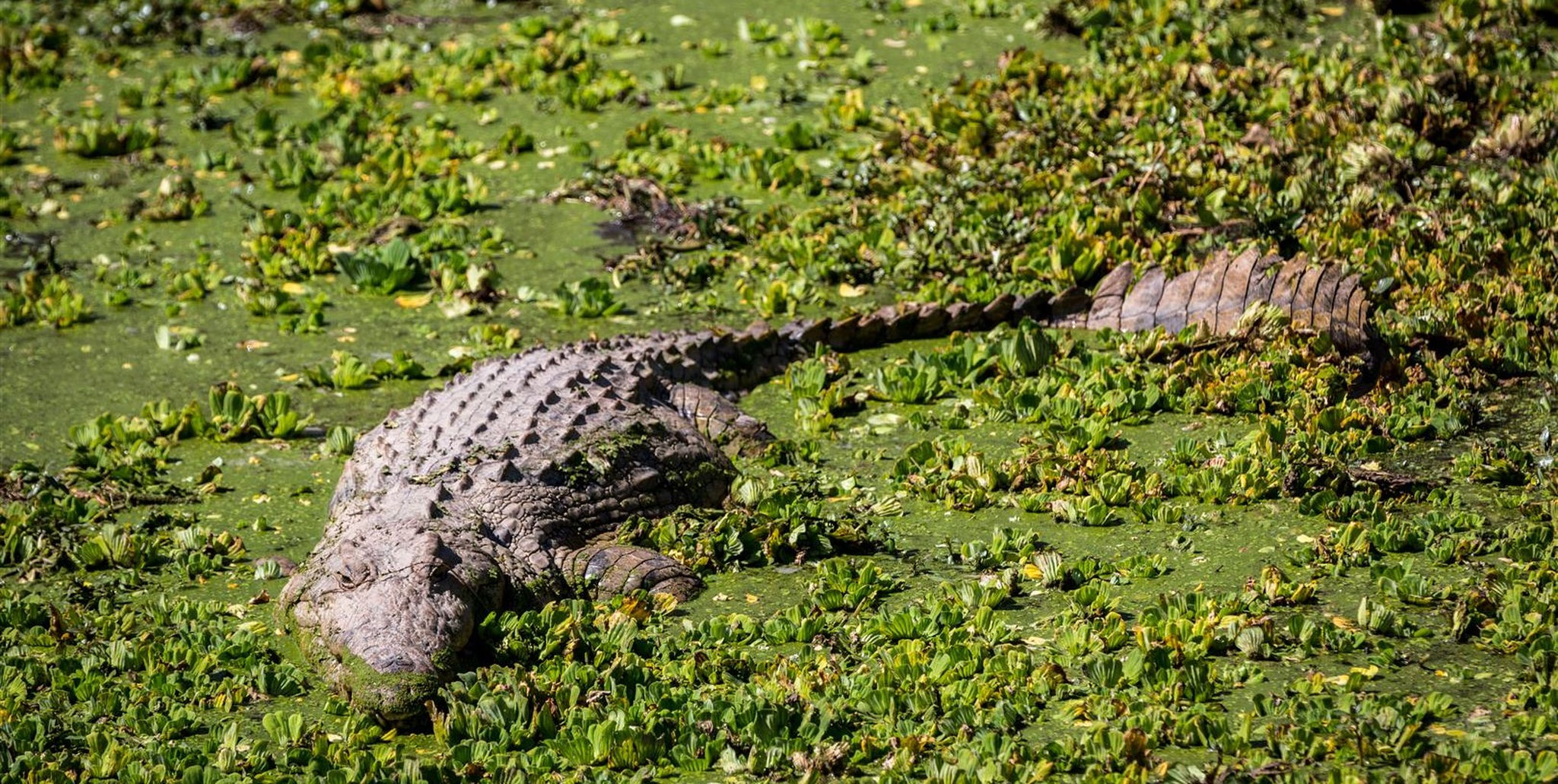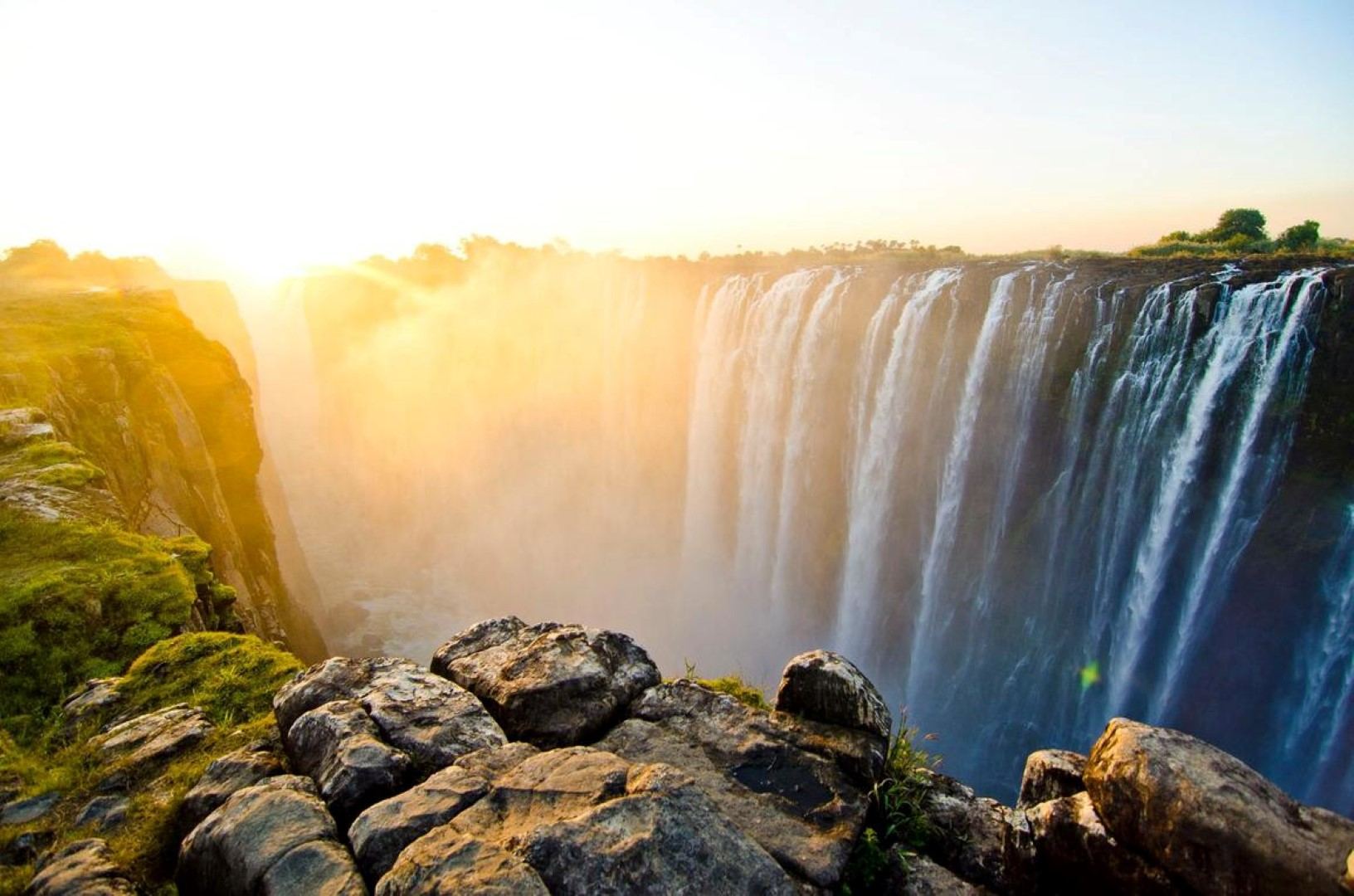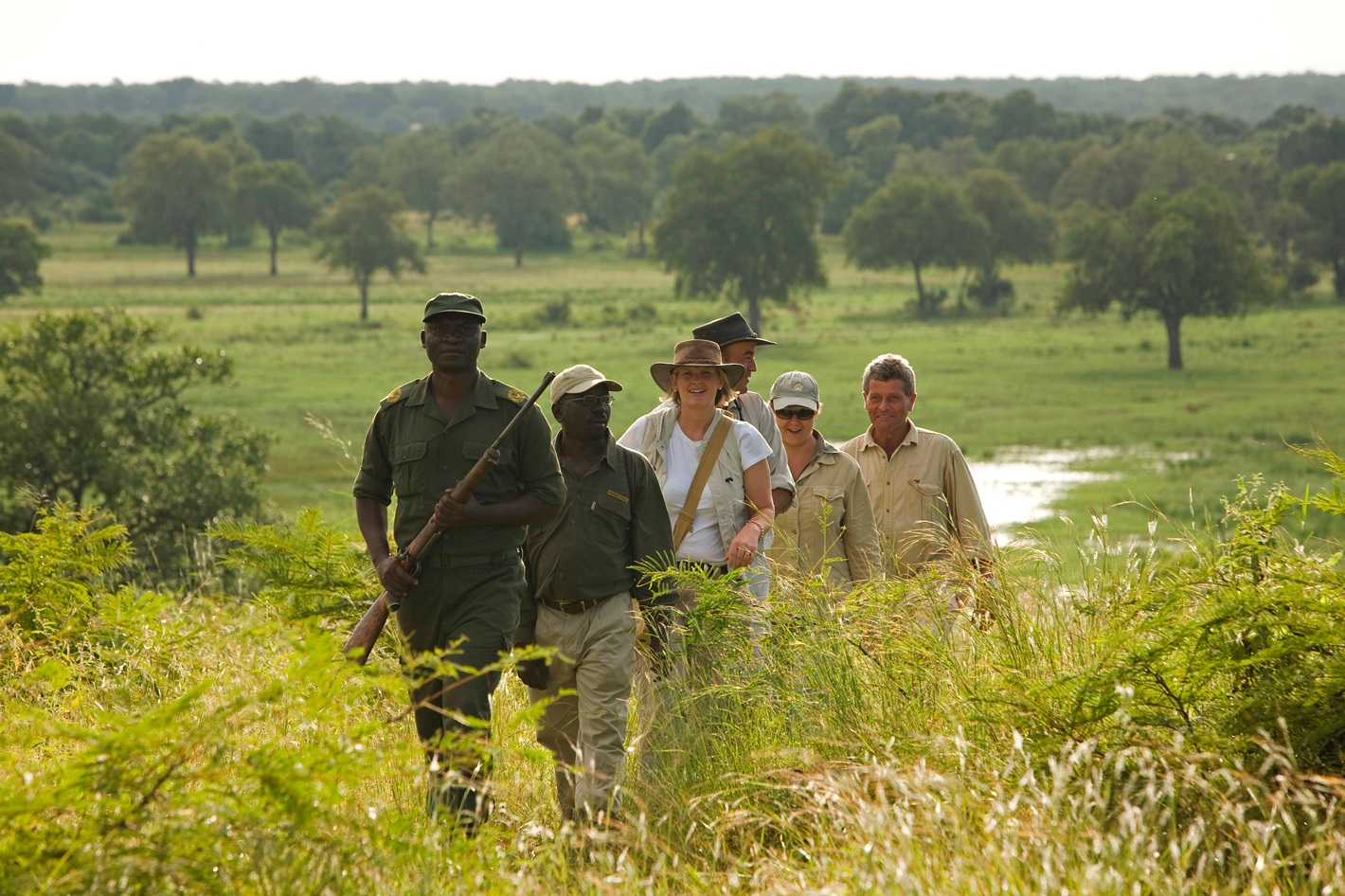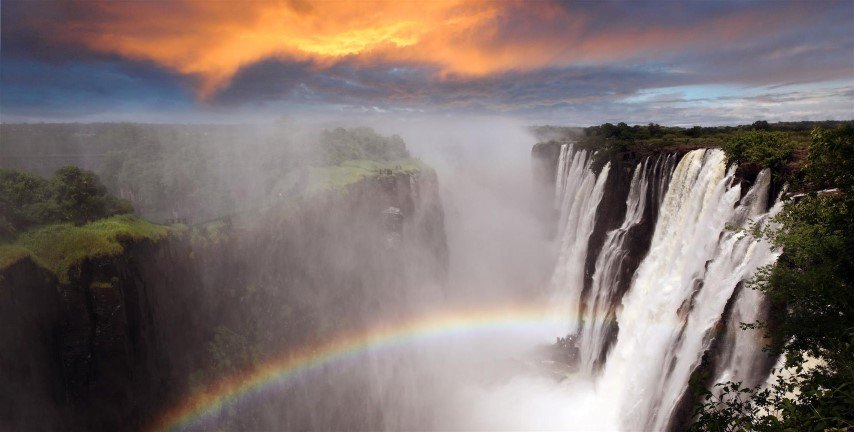Origin of the walking safari, playground of famed explorer, David Livingstone, and home to a whopping 20 national parks, is it any wonder Zambia has been tipped as Africa’s next up-and-coming safari and travel destination?
Often overlooked for its more famous neighbour, Zimbabwe (with whom it has shared custody of Victoria Falls), Zambia is finally emerging from the woodwork and showcasing its clout to visitors locally and abroad. Read on to find out all you need to know about travelling to Zambia.

Q: When is the best time to go to Zambia?
Zambia is a tropical country which has dry seasons and wet seasons as opposed to distinct summers and winters. Because of this, deciding when to travel to Zambia depends on what you want to see, although game viewing is generally good year-round.
November to March
This is the emerald season, where abundant rainfall has painted the landscape green. This is a spectacular time to enjoy birding but other wildlife is much harder to spot.
April to May
Victoria Falls is a sheet of water and rising plumes of spray, making it a superb time to take to the skies and admire the Falls from a helicopter.
June – October
Safari activities take centre stage in the second half of the year. Dips in Devil’s Pool at Victoria Falls will also become likely between August and January.

Image credit: Michael Le
Q: What is the easiest way to travel to Zambia?
Travellers can either fly into Kenneth Kaunda International Airport in Zambia’s capital, Lusaka or to Harry Mwanga Nkumbula International Airport in Livingstone. If Victoria Falls is going to be your first stop, you’ll want to fly to Livingstone, a town adjacent to the Falls.

Photo Credit: Puku Ridge
Q: What are the top activities to do in Zambia?
- Take a dip in Devil’s Pool and see Victoria Falls, both of which are found in Mosi-oa-Tunya National Park
- Go on a walking safari in South Luangwa National Park, the birthplace of this safari activity
- Enjoy game drives and bird-spotting in Zambia’s largest conservation area, Kafue National Park
- Take to the waters in a canoe or on a sunset cruise in the Lower Zambezi National Park (found on the other side of the river, and border, of Zimbabwe’s Mana Pools National Park)

Q: What are the best lodges in Zambia?
Without a doubt, the cherry on top of luxury lodges in Zambia would be Royal Chundu, the country’s first Relais & Châteaux property found upstream from Victoria Falls, but the country is brimming with other opulent safari lodges and hotels.

Image Credit: Royal Chundu
Q: When is the best time to visit the Zambian side of Victoria Falls?
This star attraction is superb to visit any time of year but the attractions differ vastly and deciding when to visit Victoria Falls all depends on what you want to do.
Low Water
If you’re in it for the thrill (and by thrill, we mean Devil’s Pool), the best time to go is between August and January, known as the low water period. Other adrenaline-pumping activities are also on offer such as whitewater rafting. The full breadth and sheer glory of Victoria Falls will be on full display thanks to the lack of spray.
High Water
The high water period is between February and July and the water level of the Zambezi River increases by an entire metre. Victoria Falls is breathtaking at this time of year and is a sight to behold – but perhaps from afar in a microlight flight or helicopter. This is also a fantastic time to enjoy a Lunar Rainbow Tour and see the Falls by night in the pearlescent glow of a full moon.

Q: Do I need any vaccines or malaria medication when travelling to Zambia?
Zambia is found in a malaria-risk area and so the necessary precautions should be taken. A Yellow Fever vaccine and a certificate are also required if you are coming from or travelling via a country endemic to Yellow Fever.
Q: Do you need a visa to travel to Zambia?
Most travellers require a visa to enter Zambia which can be applied for online. Single entry visas can be issued on arrival at all airports but double or multiple-entry visas will need to be applied for before travel.
The KAZA UniVisa allows travellers to cross the border between Zambia and Zimbabwe as many times as they please within a 30-day period. Please note that requirements change all the time, and travellers should be sure to verify this information with the relevant embassy.
Ready to hit the ground running in the home of the walking safari? Let’s start planning!